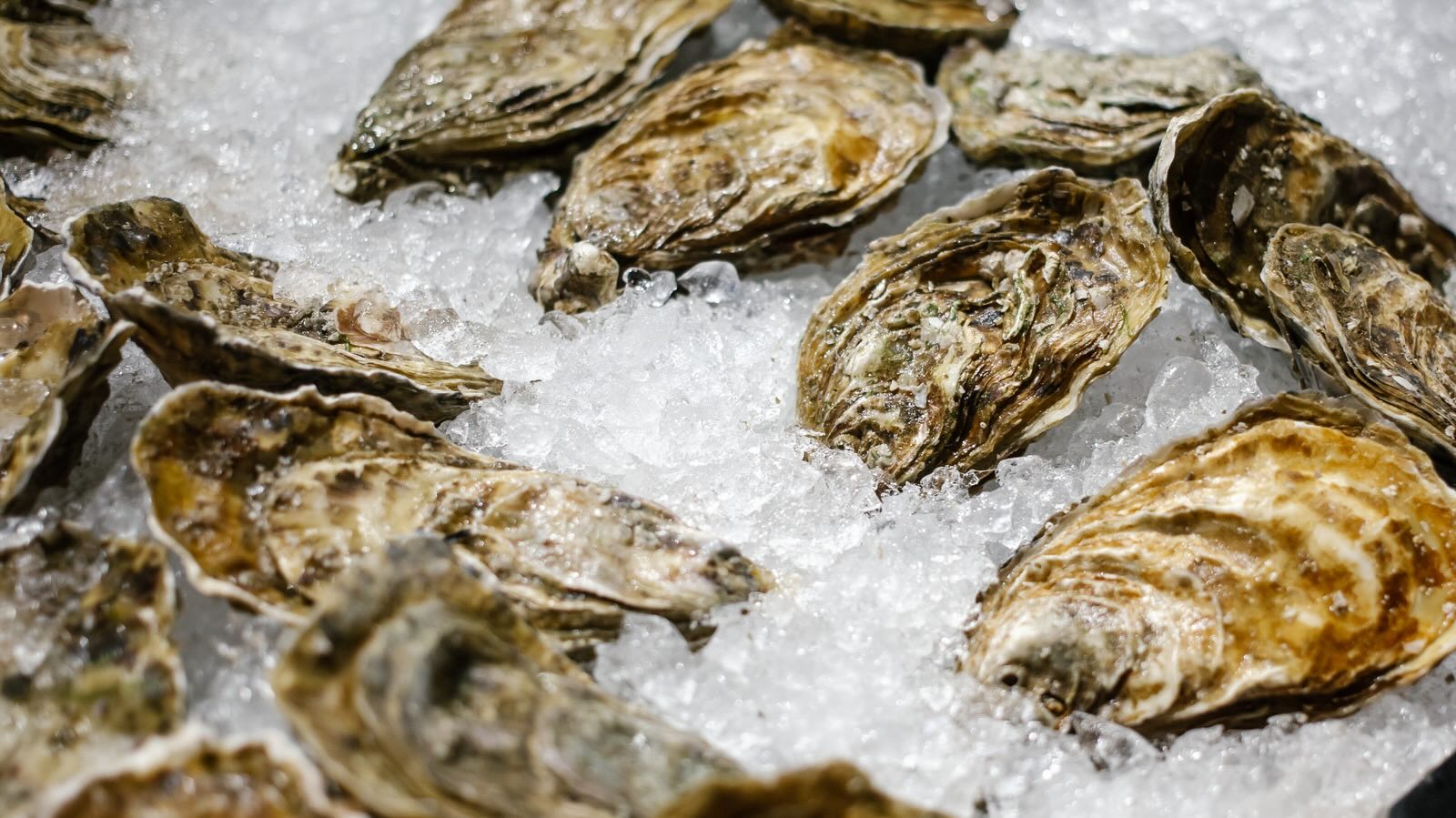

Articles
How To Store Shucked Oysters
Modified: August 25, 2024
Learn the best methods for storing shucked oysters and keeping them fresh with these informative articles. Discover the right techniques to preserve the taste and quality of your shucked oysters.
(Many of the links in this article redirect to a specific reviewed product. Your purchase of these products through affiliate links helps to generate commission for Storables.com, at no extra cost. Learn more)
Introduction
Oysters are a delicacy enjoyed by many seafood enthusiasts around the world. Whether you’re a seasoned oyster connoisseur or a newcomer to the world of shellfish, learning how to properly store shucked oysters is essential to maintain their freshness and flavor.
Shucked oysters are oysters that have been removed from their shells. This process makes them more convenient to use in various recipes, such as oyster stews, po’ boys, or even raw oyster shooters. However, improper storage can quickly spoil their delicate texture and taste.
In this article, we will explore the different storage methods for shucked oysters, ranging from refrigeration to freezing. We will also discuss packaging techniques to maintain their quality, as well as tips for effectively using stored shucked oysters.
By understanding the intricacies of storing shucked oysters, you’ll be able to enjoy these delectable mollusks at your convenience and without compromising their overall taste and quality. So, let’s dive into the various ways to store shucked oysters and keep them fresh for longer periods.
Key Takeaways:
- Properly storing shucked oysters is crucial for preserving their freshness and flavor. Refrigeration is best for short-term use, while freezing extends shelf life, but may alter texture. Proper packaging and monitoring are essential for safe consumption.
- Experiment with different cooking methods to maximize the flavor and versatility of stored shucked oysters. Whether in cooked dishes or raw consumption, enjoy the unique taste and culinary possibilities they offer.
Read more: How To Shuck Oysters With A Screwdriver
Understanding Shucked Oysters
Before delving into the ways to store shucked oysters, it’s important to understand their nature and characteristics. Shucked oysters are the edible portion of the oyster that has been separated from its shell. While these oysters are no longer encased in their protective shells, they still require proper handling and storage to maintain their flavor and freshness.
Shucked oysters are delicate and perishable, and their shelf life is significantly shorter compared to whole, unshucked oysters. When removed from their shells, they become more vulnerable to bacterial growth and spoilage. Therefore, it’s crucial to handle shucked oysters with care and store them under appropriate conditions.
Shucked oysters are typically sold in containers, either fresh or previously frozen. Fresh shucked oysters are often found in seafood markets or specialty stores and should be consumed within a few days of purchase. On the other hand, frozen shucked oysters can be stored for longer periods, but they must be properly thawed before use.
It’s worth noting that the flavor and texture of shucked oysters may vary depending on their origin and species. Some oysters have a mild and buttery taste, while others are brinier and more flavorful. Keep this in mind when selecting shucked oysters for storage and cooking.
Now that we have a better understanding of shucked oysters, let’s explore the different storage methods to ensure their longevity and quality.
Choosing the Right Storage Method
When it comes to storing shucked oysters, selecting the appropriate storage method is crucial to maintain their freshness and flavor. The two main options for storing shucked oysters are refrigeration and freezing.
Refrigeration is an excellent choice if you plan to use the shucked oysters within a few days. The cool temperature of the refrigerator helps slow down bacterial growth, preserving the oysters’ quality. On the other hand, freezing is ideal for long-term storage, allowing you to enjoy shucked oysters even after several weeks or months.
Consider the following factors when choosing the right storage method for shucked oysters:
- Timeline: Determine when you plan to use the shucked oysters. If it’s within a few days, refrigeration is the best option. If you want to store them for an extended period, freezing is the way to go.
- Convenience: If you prefer the convenience of having shucked oysters readily available, refrigeration allows for quick access. Freezing, on the other hand, requires some thawing time but provides the flexibility of long-term storage.
- Texture: Keep in mind that freezing can impact the texture of shucked oysters. They may become softer upon thawing, making them more suitable for cooked dishes rather than raw consumption.
- Quantity: Consider the amount of shucked oysters you have. If you have a surplus, freezing allows you to store them in bulk and use as needed. Refrigeration is more suitable for smaller quantities or immediate consumption.
Ultimately, the choice between refrigeration and freezing depends on your individual needs and preferences. Both methods have their advantages, so choose the one that aligns with your storage duration and usage requirements.
Next, we will explore the specifics of storing shucked oysters in the refrigerator.
Refrigerator Storage Options
Refrigeration is a popular method for storing shucked oysters, especially if you plan to use them within a few days. However, it’s important to follow proper guidelines to ensure their freshness and safety. Here are some refrigerator storage options for shucked oysters:
1. Use airtight containers: Transfer the shucked oysters into airtight containers, such as plastic or glass containers with tight-fitting lids. This helps prevent moisture loss and protects the oysters from absorbing any undesirable flavors from other foods in the refrigerator.
2. Add ice: Place a layer of ice at the bottom of the container before adding the shucked oysters. This helps maintain a consistent temperature and keeps the oysters chilled.
3. Store in the coldest part of the refrigerator: Locate the coldest section of your refrigerator, often the back or lower shelf, and place the containers of shucked oysters there. This area experiences less temperature fluctuation, ensuring optimal freshness.
4. Check the temperature: Make sure your refrigerator’s temperature is set between 32°F to 40°F (0°C to 4°C). Keeping the temperature within this range helps slow down bacterial growth and preserve the quality of the shucked oysters.
5. Avoid overcrowding: Do not overcrowd the refrigerator with too many items, as it can affect the air circulation and lead to inconsistent temperature. Give the shucked oysters some space to cool properly and maintain their freshness.
6. Use within a few days: The optimal storage time for shucked oysters in the refrigerator is around 3-4 days. It’s best to consume them within this timeframe to ensure their quality and taste.
Remember to discard any shucked oysters that have an off smell or appear slimy or discolored. These are signs of spoilage, and it’s safer to dispose of them rather than consume.
Now that you know the refrigerator storage options for shucked oysters, let’s explore freezing as an alternative method for long-term storage.
Freezing Oysters
Freezing is an excellent way to extend the shelf life of shucked oysters and allows you to enjoy them even after an extended period. However, it’s important to follow proper freezing techniques to maintain their quality. Here are the steps to freeze shucked oysters:
1. Clean and rinse: Start by cleaning the shucked oysters thoroughly under running water. Remove any dirt, debris, or shell fragments that may be present. Rinse them gently to ensure they are free from any contaminants.
2. Choose proper packaging: Place the shucked oysters in freezer-safe bags or airtight containers. Choosing the right packaging is crucial to prevent freezer burn and maintain the oysters’ texture and flavor.
3. Remove excess air: If using freezer bags, press out as much air as possible before sealing them. This helps prevent freezer burn and keeps the shucked oysters in optimal condition.
4. Label and date: Label the bags or containers with the current date to keep track of their storage time. This will help you know when to use the oldest oysters first and maintain a rotation system.
5. Place in the freezer: Put the packed shucked oysters in the coldest part of the freezer, such as the back or lower shelf. Make sure they are not stacked or crushed by other items in the freezer.
6. Maintain freezing temperature: Your freezer should be set to 0°F (-18°C) or below. Keeping the temperature at this level ensures that the shucked oysters freeze quickly and stay frozen throughout their storage duration.
7. Thawing and usage: When you’re ready to use the frozen shucked oysters, transfer them to the refrigerator and allow them to thaw slowly overnight. Never thaw them at room temperature or in warm water, as this can lead to bacterial growth. Once thawed, use the shucked oysters promptly.
It’s important to note that freezing can affect the texture of shucked oysters. They may become slightly softer upon thawing, which makes them better suited for cooked dishes rather than raw consumption. Nonetheless, they can still add a delightful flavor to a variety of recipes.
Now that you know how to freeze shucked oysters, let’s explore proper packaging techniques to maximize their shelf life.
Store shucked oysters in the refrigerator in a shallow dish, covered with a damp cloth or paper towel. Keep them cold and consume within 2 days for the best quality and safety.
Read more: How To Store Oysters
Proper Packaging Techniques
Proper packaging is essential when storing shucked oysters, whether in the refrigerator or freezer. Good packaging helps maintain their quality, prevents contamination, and avoids freezer burn. Here are some packaging techniques to ensure optimal freshness:
1. Airtight containers: Use airtight containers, such as freezer-safe bags or containers with tight-fitting lids, to store shucked oysters. This prevents air and moisture from reaching the oysters, preserving their texture and flavor.
2. Remove excess air: If using freezer bags, squeeze out as much air as possible before sealing them. Excess air can cause freezer burn and impact the quality of the shucked oysters.
3. Double wrapping: To provide an extra layer of protection, consider double wrapping the shucked oysters. Place the containers or bags in a second layer of packaging, such as aluminum foil or plastic wrap, before storing them in the freezer.
4. Portion sizes: It’s useful to portion the shucked oysters before packaging, especially if you plan to use them in specific quantities. This way, you can thaw only what you need without exposing the entire package to potential spoilage.
5. Proper labeling: Label each package with the contents and date of freezing. This helps keep track of their storage time and ensures you use the oldest shucked oysters first to maintain a rotation system.
6. Freezer organization: Store the packaged shucked oysters in an organized manner in the freezer. Keep them in a single layer to allow for adequate freezing and avoid stacking them or placing heavy items on top that could crush or damage the packages.
7. Avoid cross-contamination: When packaging shucked oysters, be mindful of avoiding cross-contamination with other foods. Keep them separate from raw meats, seafood, and strong-smelling items to prevent any unwanted flavors or potential foodborne illnesses.
By following these proper packaging techniques, you’ll ensure that your shucked oysters stay fresh, flavorful, and safe to consume for an extended period.
Next, let’s explore an alternative method of storing shucked oysters in saltwater.
Storing Oysters in Saltwater
Another method for storing shucked oysters is to keep them in saltwater. This technique can help preserve their natural flavor and texture while extending their shelf life. Here’s how to store shucked oysters in saltwater:
1. Prepare the saltwater solution: In a clean container, mix cold water with kosher or sea salt to create a brine solution. The general ratio is 1 cup of salt to 1 gallon of water, but you can adjust the proportions to your preference. Stir well until the salt is fully dissolved.
2. Submerge the shucked oysters: Place the shucked oysters in the brine solution, ensuring that they are fully submerged. The saltwater helps maintain their freshness and prevents spoilage.
3. Store in the refrigerator: Cover the container with a lid or plastic wrap and place it in the refrigerator. The cool temperature of the refrigerator, combined with the saltwater solution, creates an environment that keeps the shucked oysters fresh for a longer period.
4. Change the saltwater regularly: It’s important to change the saltwater solution every 24 hours to prevent bacterial growth and maintain the quality of the shucked oysters. Discard the old saltwater and make a fresh batch each time.
5. Use within a few days: Shucked oysters stored in saltwater can typically be kept for up to 3-5 days in the refrigerator. However, it’s best to consume them as soon as possible for the best taste and texture.
Storing shucked oysters in saltwater is a traditional method used by many oyster lovers to maintain their freshness. This technique is particularly useful if you’re preparing for a special occasion or planning to use the oysters in a specific recipe.
Remember to discard any shucked oysters that have an off smell, slimy texture, or appear discolored. These are signs of spoilage, and it’s safer to dispose of them rather than consume.
Now that you know how to store shucked oysters in saltwater, let’s discuss how to monitor their quality to ensure they are safe to consume.
Monitoring Oyster Quality
Ensuring the quality of shucked oysters is crucial to avoid any foodborne illnesses and to enjoy the best taste and texture. Here are some tips for monitoring the quality of stored shucked oysters:
1. Sight and smell: Inspect the shucked oysters before and after storage. They should have a fresh, briny aroma and a plump, moist appearance. If you notice any mold, off-putting odors, or sliminess, discard them immediately.
2. Texture: Pay attention to the texture of the shucked oysters. They should feel firm and juicy, without any signs of mushiness or excessive liquid. Shucked oysters that have become excessively soft or slimy should not be consumed.
3. Proper storage time: Be mindful of the recommended storage time for shucked oysters. Whether stored in the refrigerator, freezer, or saltwater, they should be consumed within the specified timeframe to ensure their freshness and quality.
4. Proper handling: Practice safe handling procedures when storing and using shucked oysters. Wash your hands thoroughly before and after handling them, and use clean utensils and containers to prevent cross-contamination.
5. Temperature control: Ensure that the storage temperature is maintained properly. Refrigerated shucked oysters should be kept between 32°F to 40°F (0°C to 4°C), and frozen shucked oysters should be continuously stored at 0°F (-18°C) or below.
6. Rotation system: If you have multiple batches of shucked oysters, practice a rotation system. Use the oldest ones first to prevent any spoilage and maintain a fresh supply of stored shucked oysters.
By attentively monitoring the quality of shucked oysters, you can ensure that they are safe to consume and enjoy their best taste. If you have any doubts about the quality or safety of shucked oysters, it’s always better to err on the side of caution and discard them.
Now that you have a good grasp of monitoring the quality of shucked oysters, let’s explore some tips for effectively using stored shucked oysters in your recipes.
Tips for Using Stored Shucked Oysters
Stored shucked oysters can be a convenient and versatile ingredient in a variety of recipes. Whether you’ve refrigerated or frozen them, here are some helpful tips for effectively using stored shucked oysters:
1. Thawing frozen oysters: If you’ve stored shucked oysters in the freezer, it’s important to thaw them properly before use. Transfer the frozen oysters to the refrigerator and allow them to thaw slowly overnight. Avoid thawing them at room temperature or in warm water, as this can compromise their quality.
2. Cooked dishes: Shucked oysters are excellent additions to cooked dishes such as stews, chowders, stir-fries, and pasta dishes. Add them towards the end of the cooking process to prevent overcooking and maintain their tender texture.
3. Raw consumption: If you prefer enjoying shucked oysters raw, it’s best to use fresh, refrigerated batches rather than frozen ones. Raw shucked oysters are typically served chilled on the half-shell with lemon wedges and hot sauce or used as a topping for seafood appetizers.
4. Don’t discard the brine: If you stored shucked oysters in saltwater, don’t throw away the brine! The brine can be used as a flavorful addition to seafood soups, marinades, or even as a base for seafood stock. Just make sure to strain it before use.
5. Experiment with different flavors: Shucked oysters can be marinated or seasoned to enhance their taste. You can try marinating them in a mixture of lemon juice, garlic, and herbs before grilling or incorporating them into ceviche recipes for a tangy and refreshing flavor profile.
6. Consider texture changes: Keep in mind that the texture of frozen and thawed shucked oysters may differ slightly from freshly shucked ones. They may become softer, making them more suitable for cooked preparations rather than consuming raw.
7. Use moderation: While shucked oysters are delicious, it’s important to use them in moderation to balance the overall dish. Their briny and distinctive flavor can enhance a variety of recipes, but using them sparingly helps maintain a harmonious flavor profile.
By following these tips, you can make the most out of your stored shucked oysters and incorporate them into your culinary creations with confidence and creativity.
Now that you’re armed with these useful tips, let’s wrap up the article.
Read more: How To Store Shucked Corn
Conclusion
Learning how to properly store shucked oysters is essential for maintaining their freshness, flavor, and quality. Whether you choose to refrigerate or freeze them, following the right storage methods is key to preserving these delicious mollusks. Additionally, storing shucked oysters in saltwater can offer another option for maintaining their natural taste and texture.
Refrigeration is ideal for short-term storage, allowing you to enjoy shucked oysters within a few days. Freezing, on the other hand, extends the shelf life, providing a convenient supply of shucked oysters for longer periods. However, keep in mind that freezing may slightly alter the texture, making them better suited for cooked dishes.
Proper packaging techniques, such as using airtight containers and removing excess air, are essential to prevent freezer burn and maintain the quality of the shucked oysters. Storing them in saltwater can also help preserve their freshness and natural briny taste.
Monitoring the quality of stored shucked oysters is crucial to prevent spoilage and ensure their safety for consumption. By inspecting their appearance, texture, and smell, you can determine if they are still fresh and suitable for use in various dishes.
When using stored shucked oysters, consider thawing them properly if frozen, and explore different cooking methods to maximize their flavor and versatility. Whether you choose to use them in cooked dishes or enjoy them raw, storing shucked oysters opens up a world of culinary possibilities.
In conclusion, understanding how to store shucked oysters properly allows you to enjoy these delectable delicacies at your convenience without compromising their quality. Experiment with different storage methods, try out various recipes, and savor the unique briny taste of freshly stored shucked oysters.
Frequently Asked Questions about How To Store Shucked Oysters
Was this page helpful?
At Storables.com, we guarantee accurate and reliable information. Our content, validated by Expert Board Contributors, is crafted following stringent Editorial Policies. We're committed to providing you with well-researched, expert-backed insights for all your informational needs.
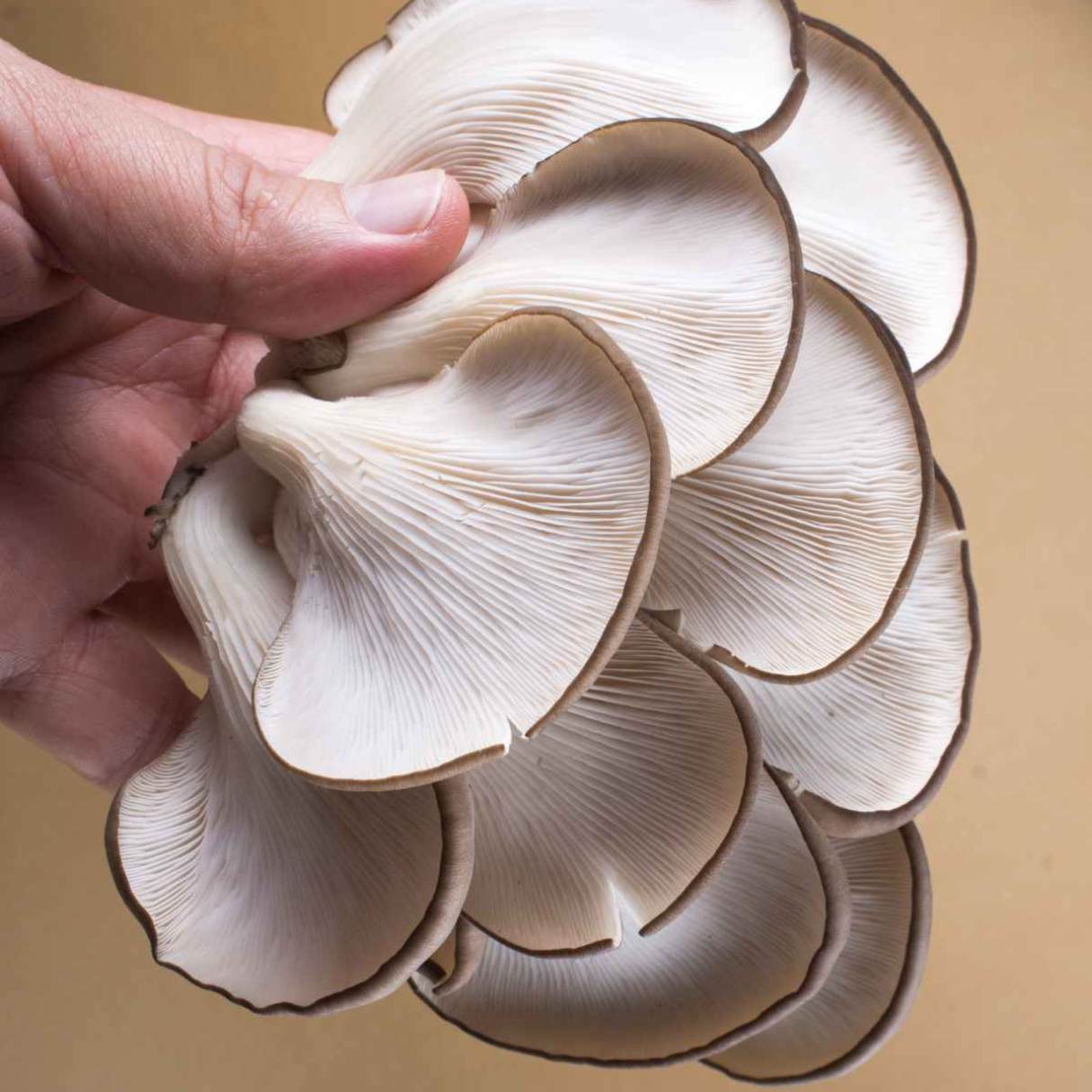
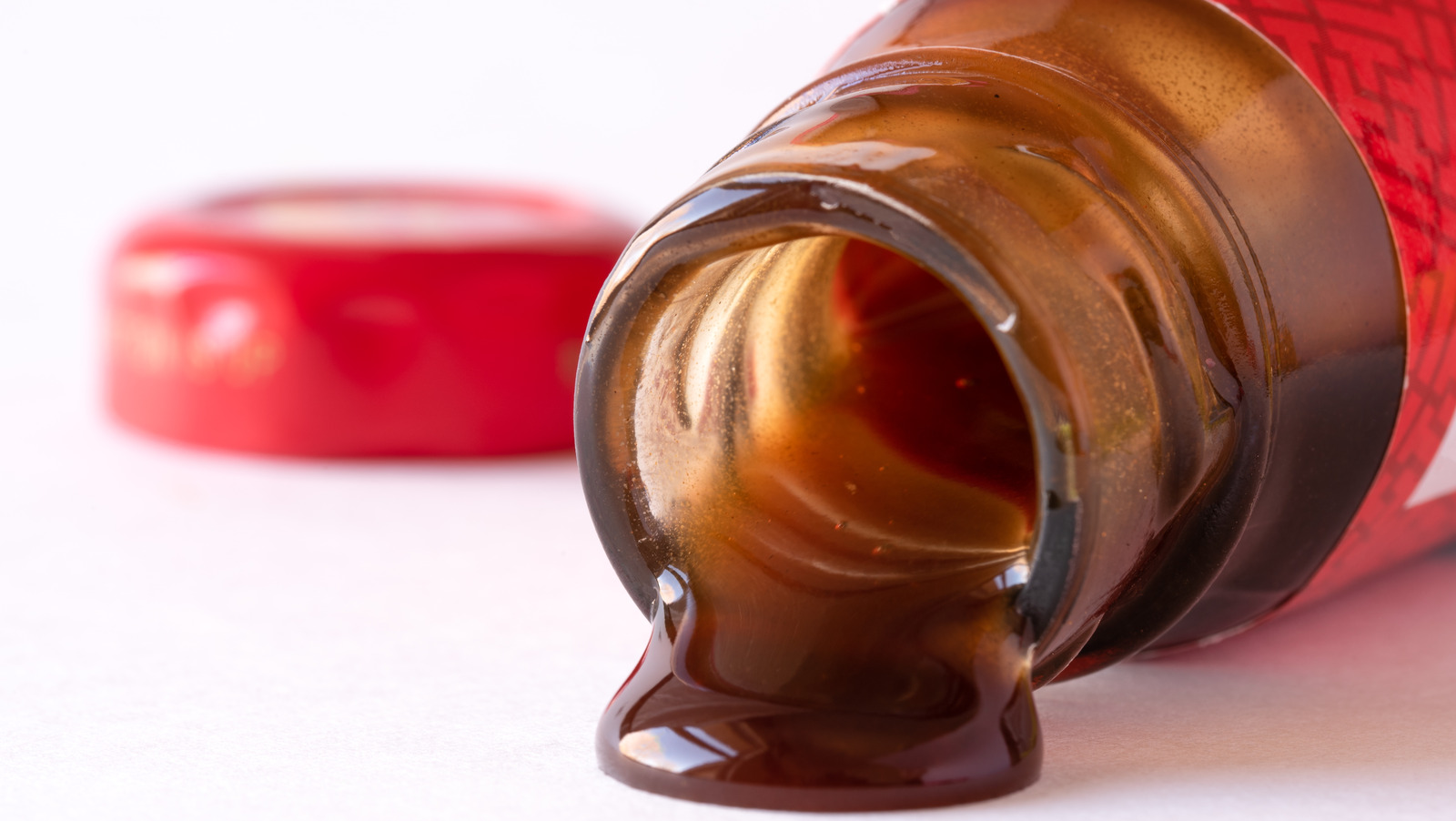


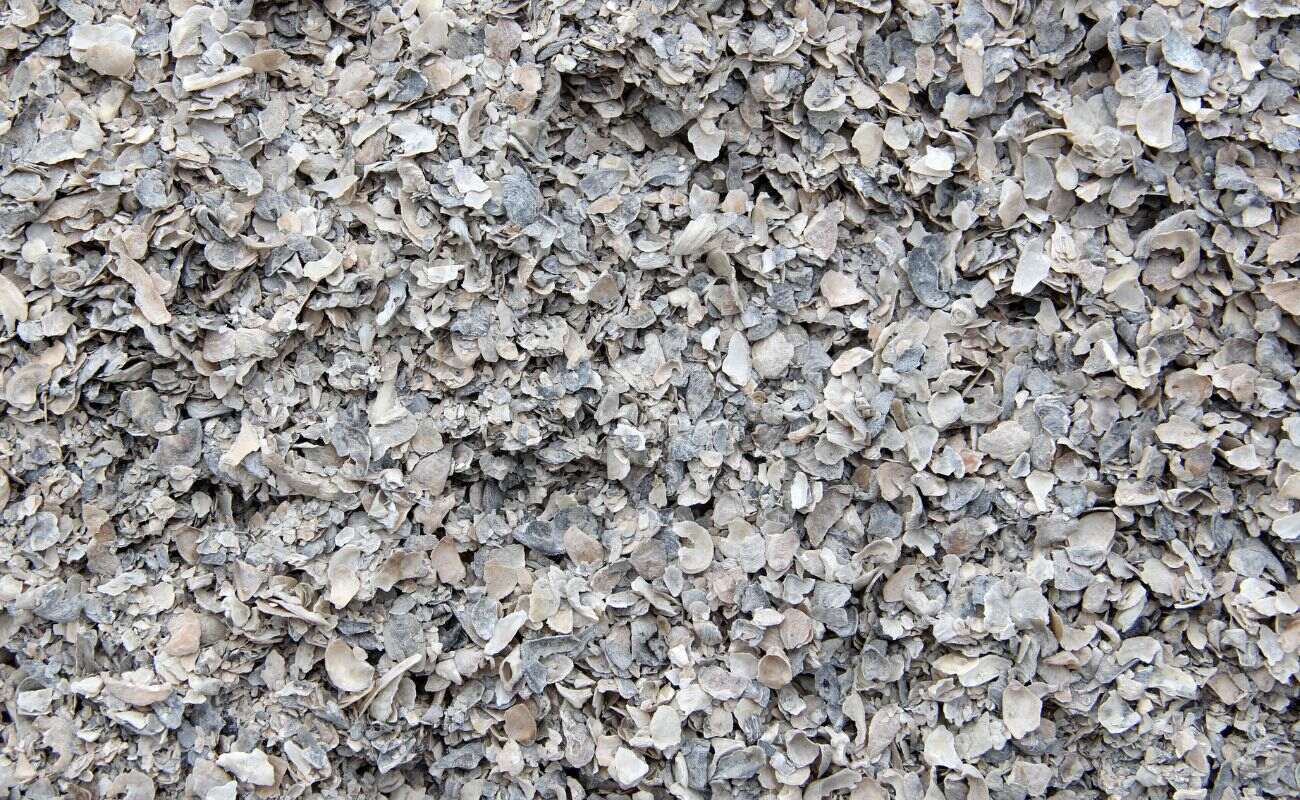



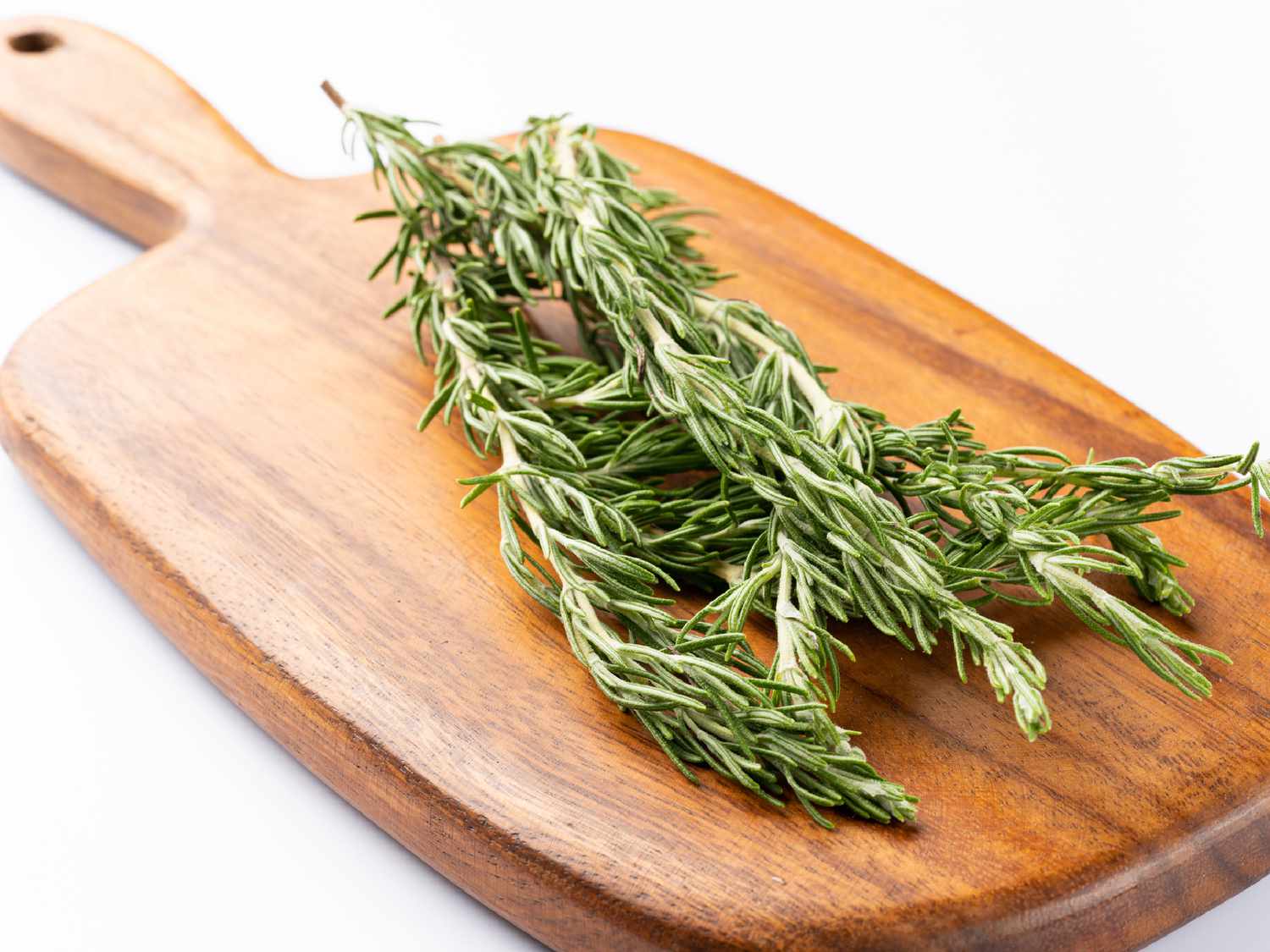

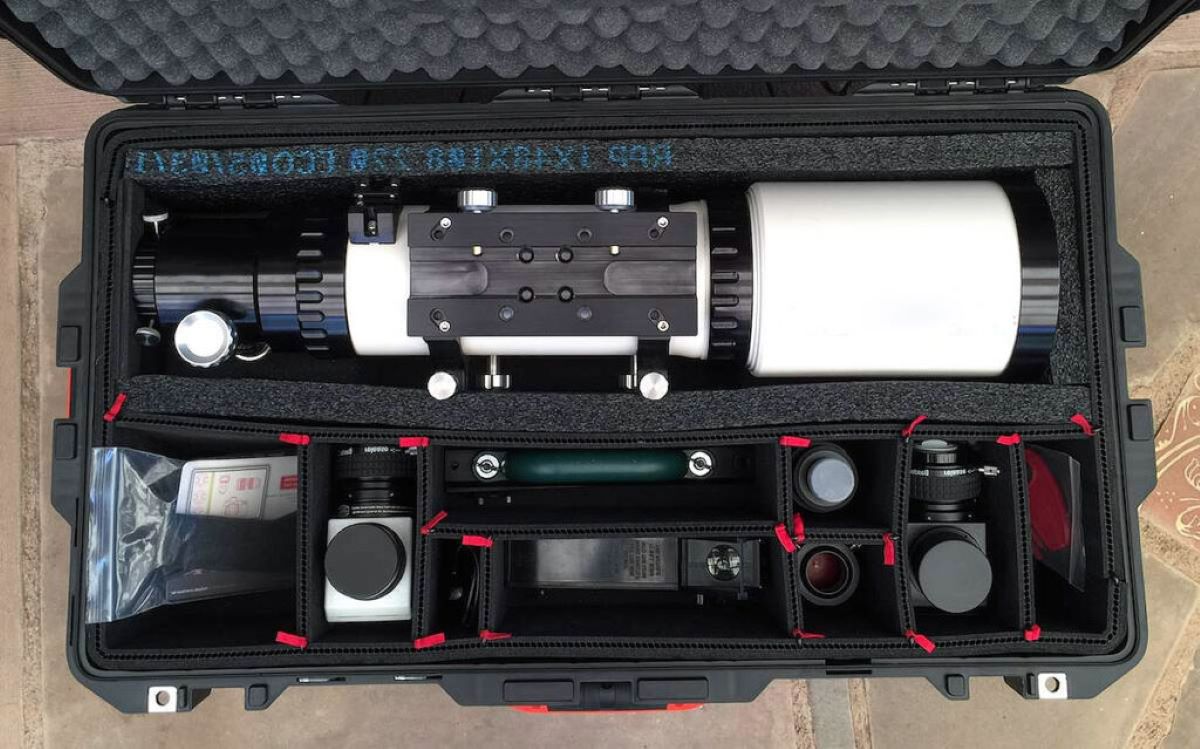
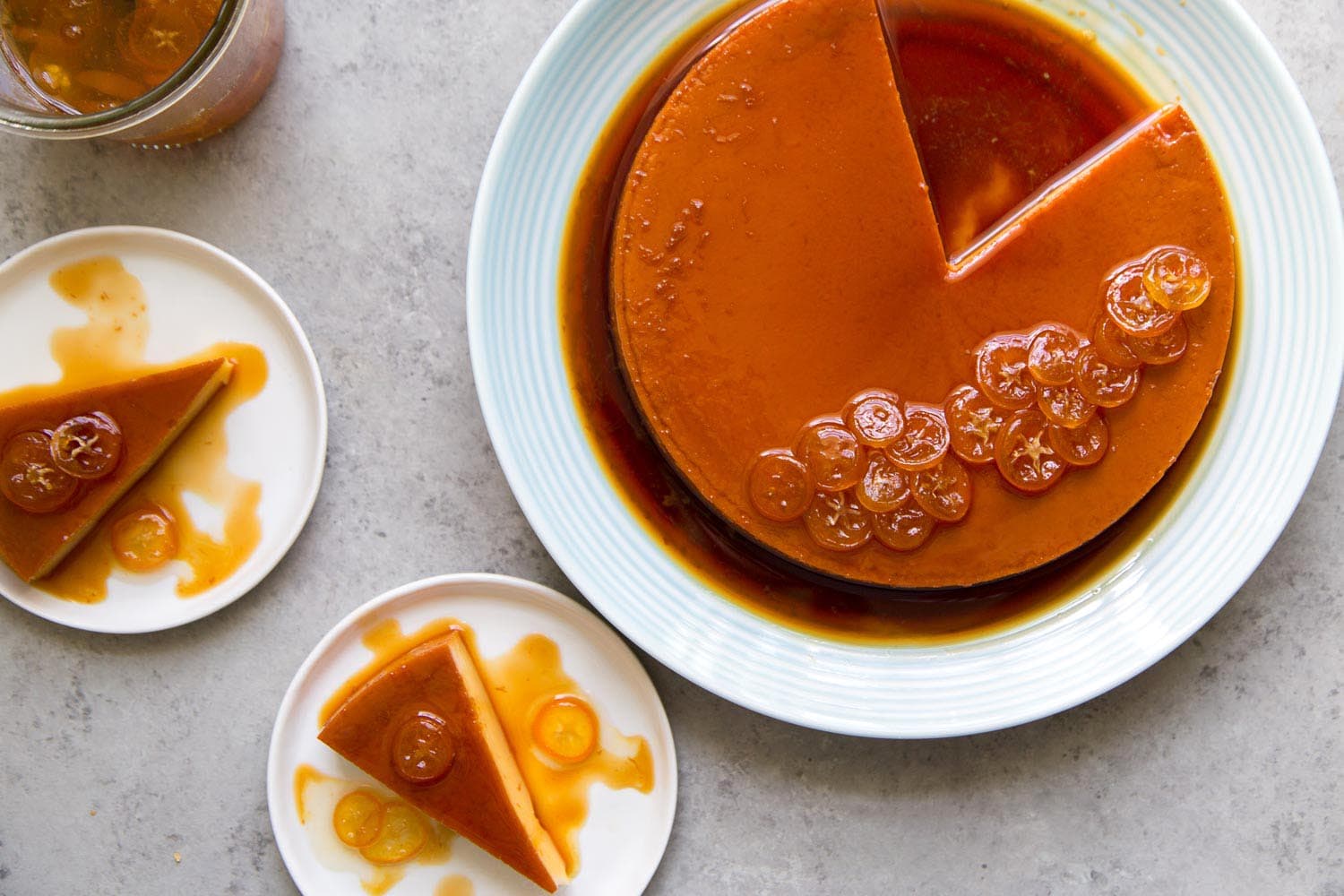
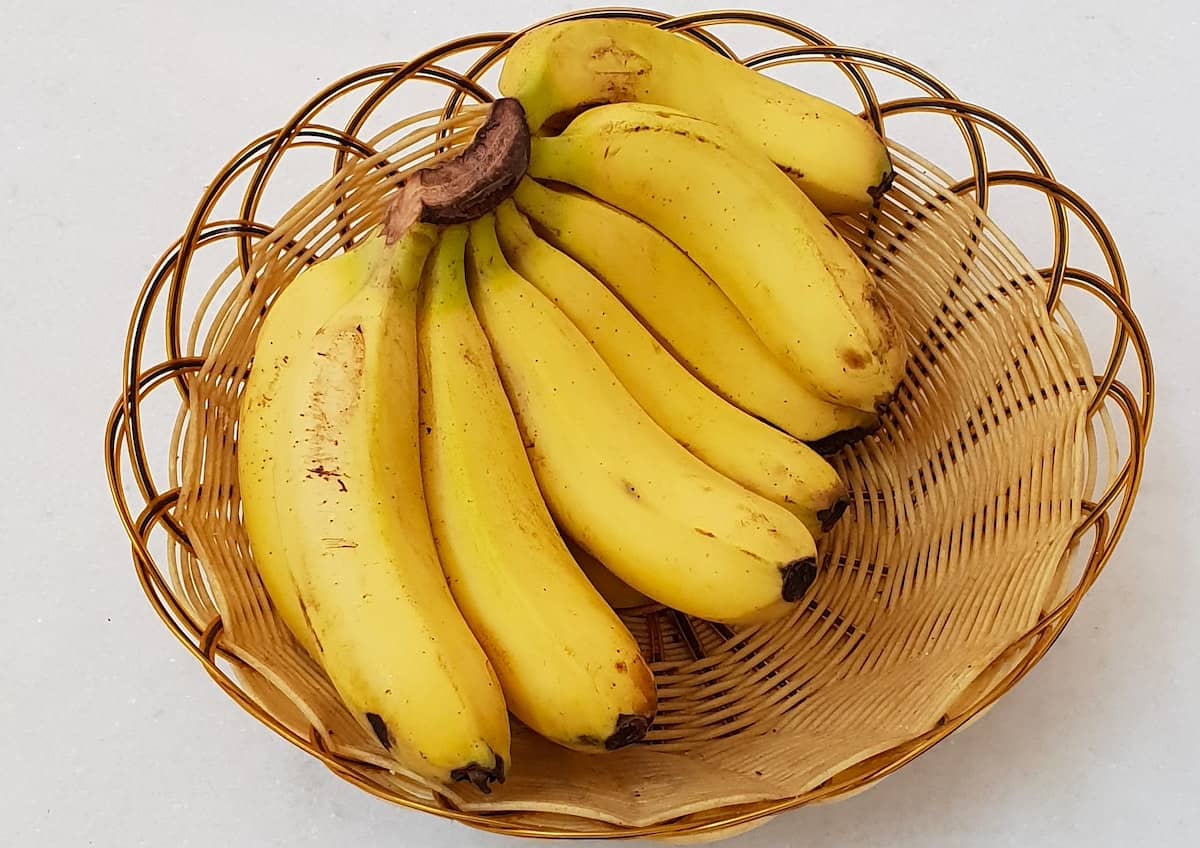

0 thoughts on “How To Store Shucked Oysters”